
Mobility
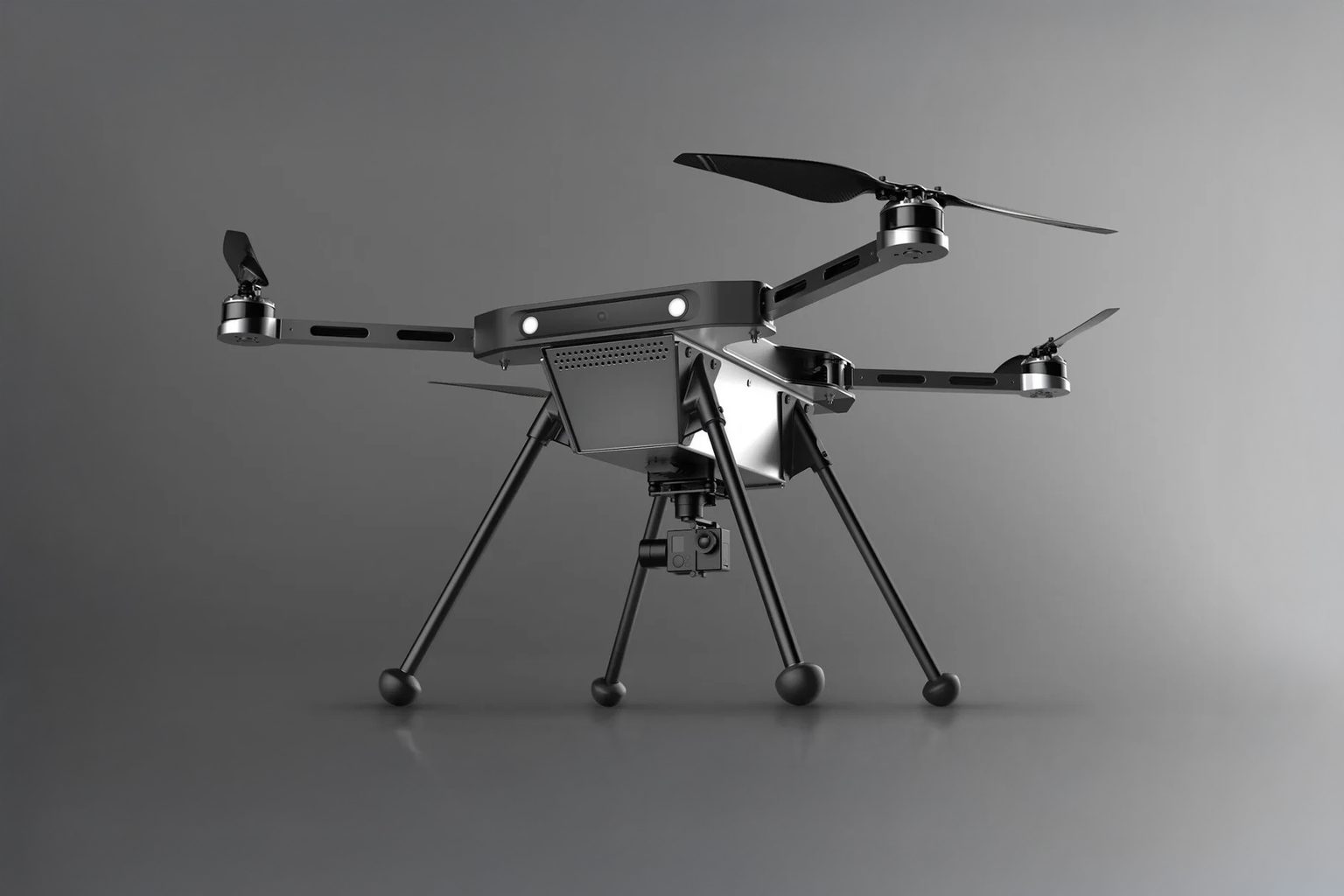
Tunnel Radio | Industrial Drone
Category
Expertise
Tunnel Radio partnered with Teague to help design, rapidly prototype, and bring to market their first airborne solution, created to ensure those in the field get home safely each night.
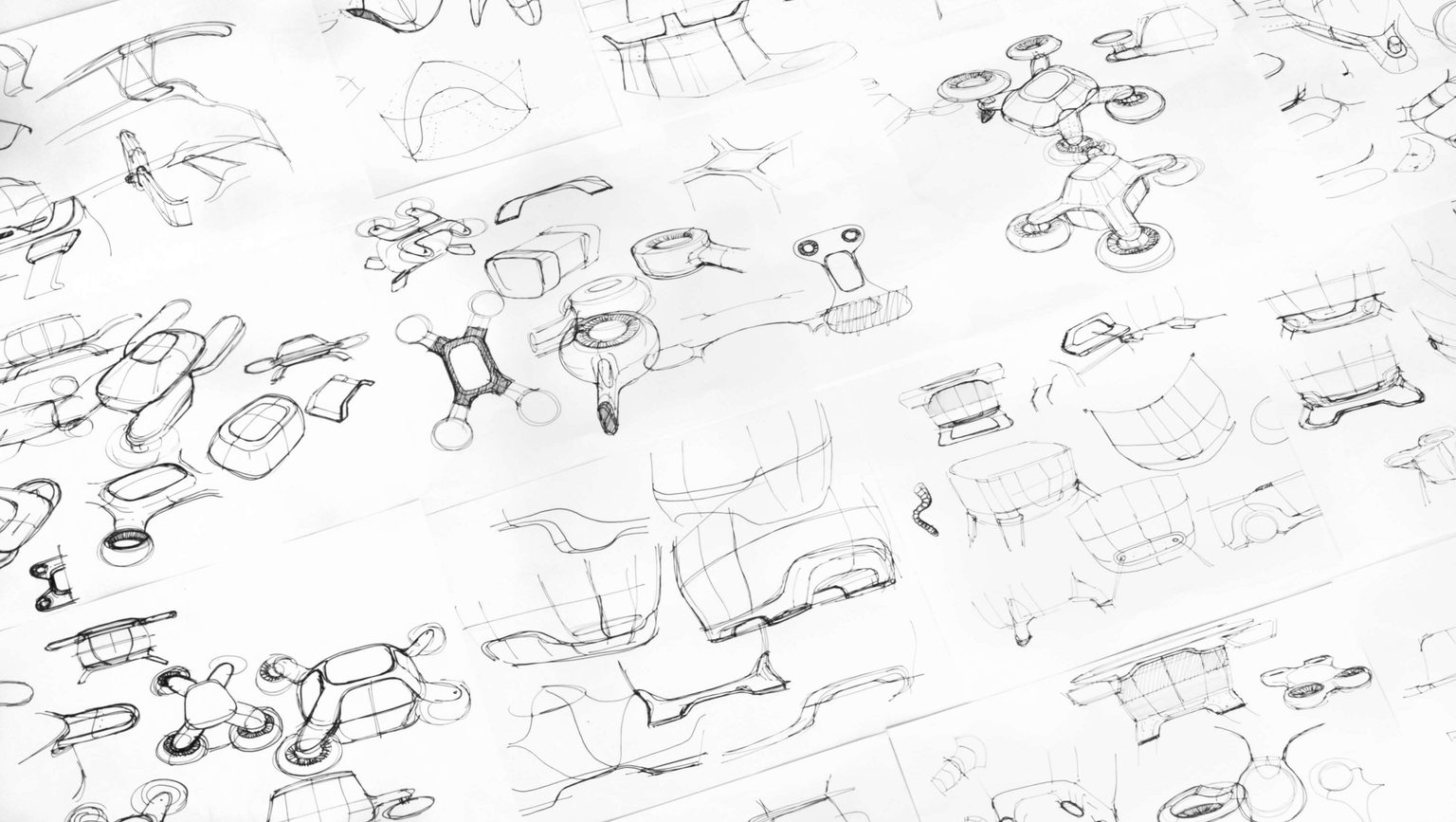
CHALLENGE
North America’s commercial drone industry will hit $2.4 billion by 2020, increasing in value by almost 2,000% from 2015. With China owning upwards of 70% of the market, US government agencies grounding foreign drones over security concerns, and dozens more compliance regulations in play, there’s a huge opportunity for US manufactured UAVs (or unmanned aerial vehicles) to secure a section of the market.
One company rising to this challenge is Tunnel Radio. Traditionally focused on wireless communication and asset tracking for mining, utilities, and oil/gas industries, they approached Teague with the intent of expanding their portfolio to address the underserved market for industrial-grade utility drones.
With an upcoming demo for a large potential customer rapidly approaching, we needed to quickly address the mechanical, usability, and aesthetic challenges of Tunnel Radio’s first airborne industry solution, SKIA.
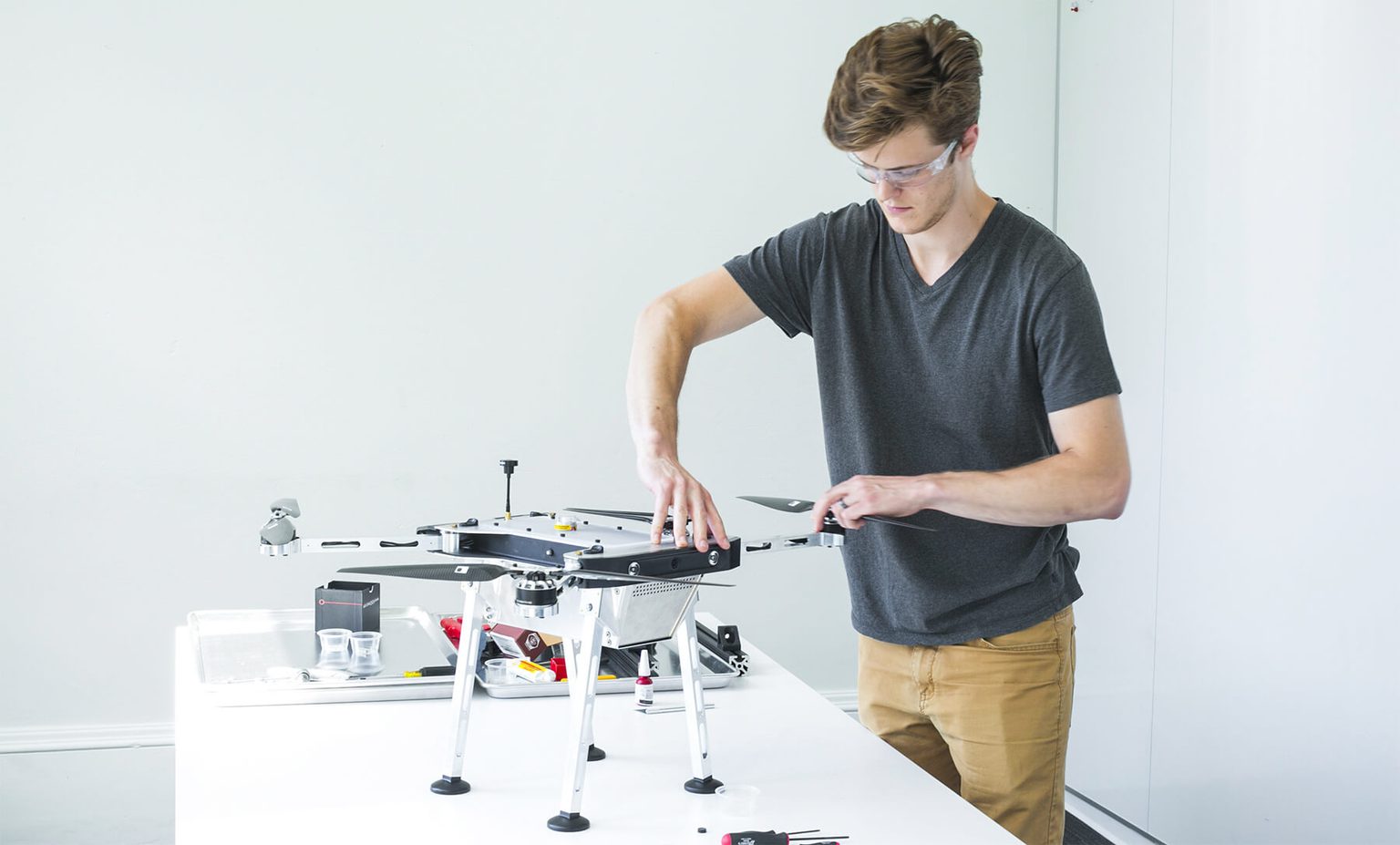
APPROACH & SOLUTION
Taking into account UAV regulations, material restrictions for a first-of-its-kind aluminum frame, weight, budget, time constraints, and every functional requirement of creating the best product possible, we decided to go beyond the linear list of fixes, electing to completely reorganize and design the vehicle’s architecture from the ground up.
Our rapid, agile methodology of “thinking through making” enabled our designers and engineers to be decisive, iterate quickly and solidify final prototype designs within a very short project timeline.
We began by laying out all the components of SKIA and considering each of their unique requirements: how the arms would deploy and lock, the landing gear, sensors, and handle placement, battery enclosure location, and door access. All of these (and more) would need to fit and work together like pieces of a puzzle.
Starting from the propellers, we worked our way inward. As we addressed certain challenges, others resolved themselves in turn: Adding a handle to solve for rugged portability not only helped define where we could mount required sensors and cameras, it also established the drone's “front" and “back", helping first time pilots orient the vehicle with added visual ease.
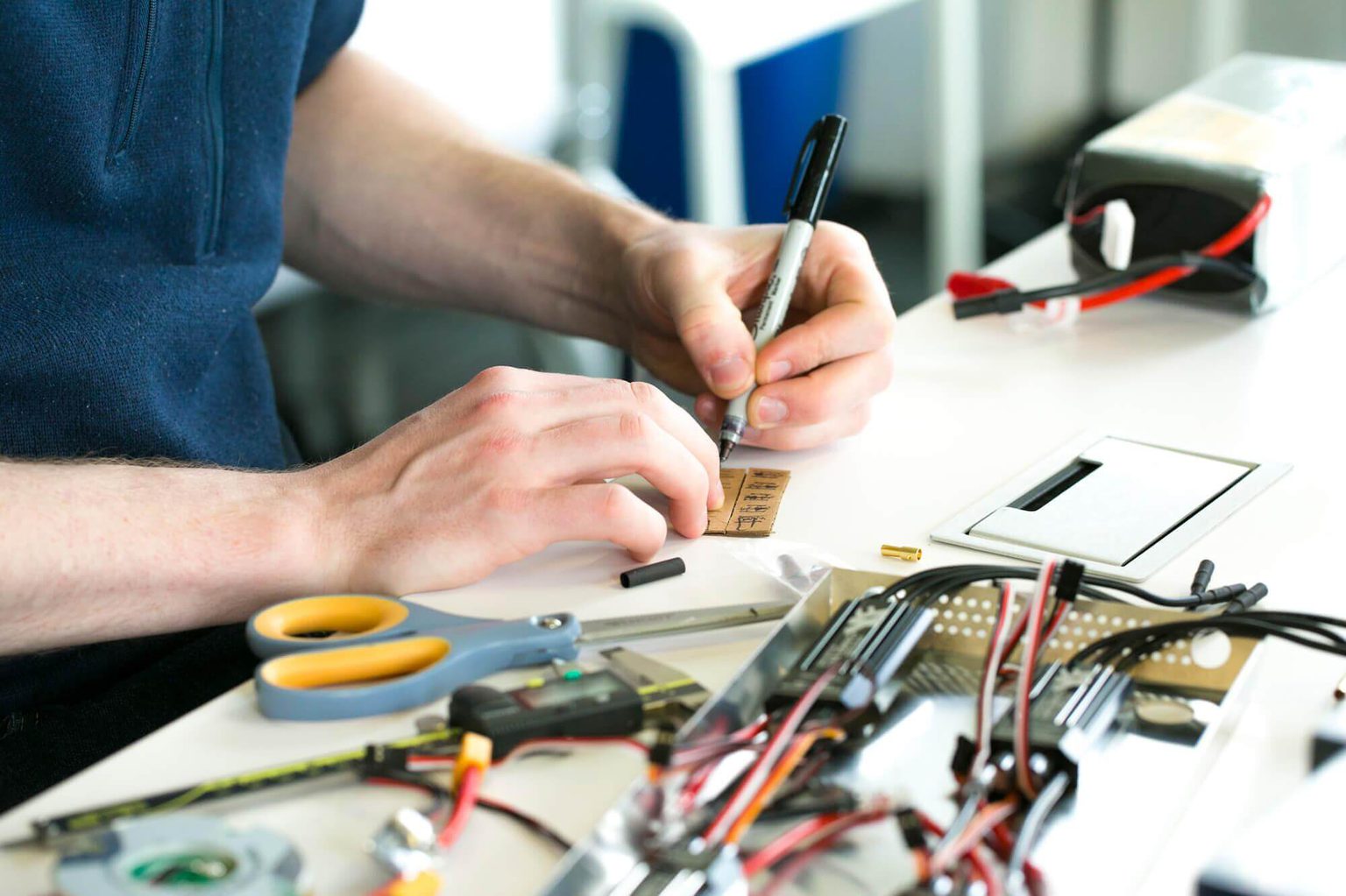
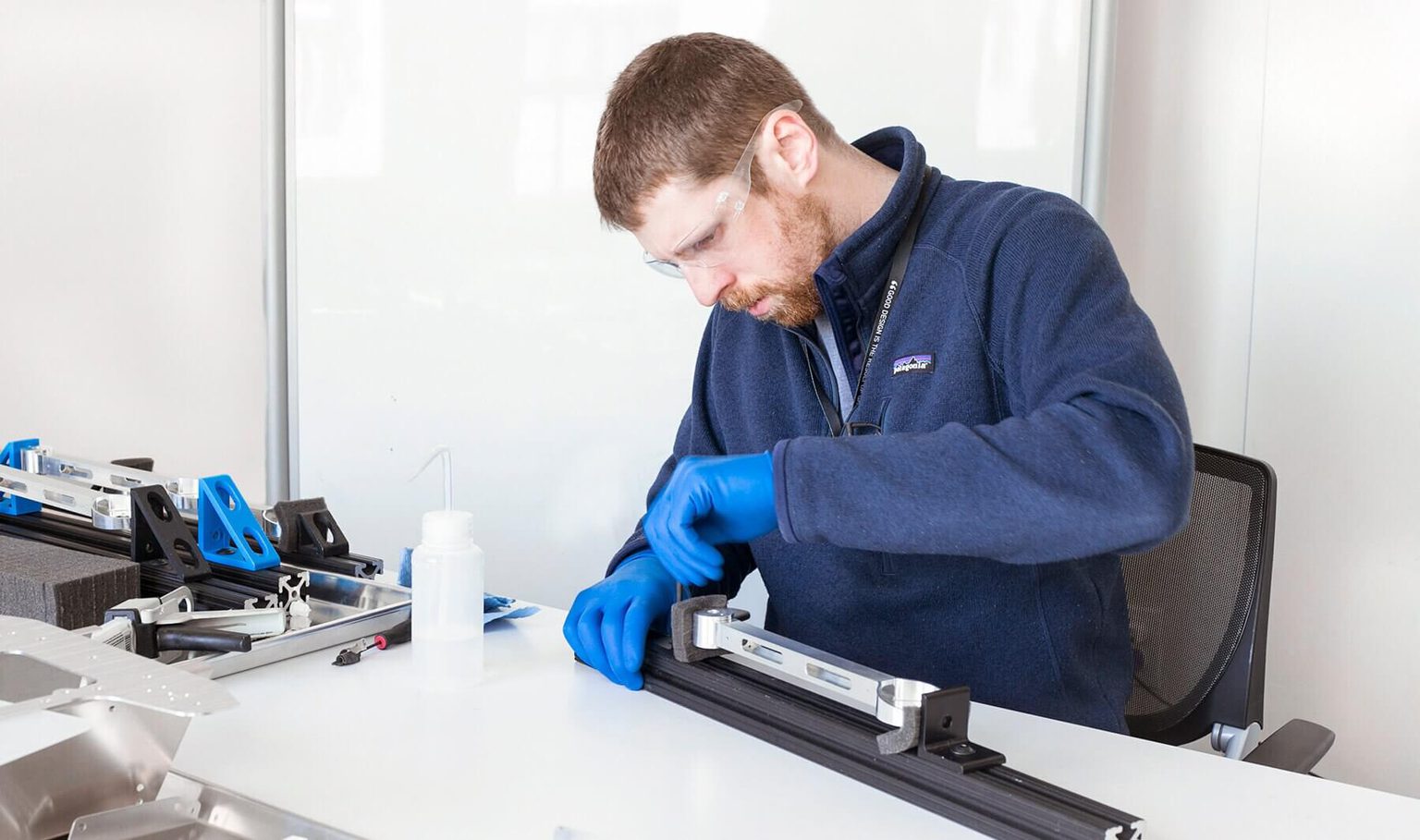
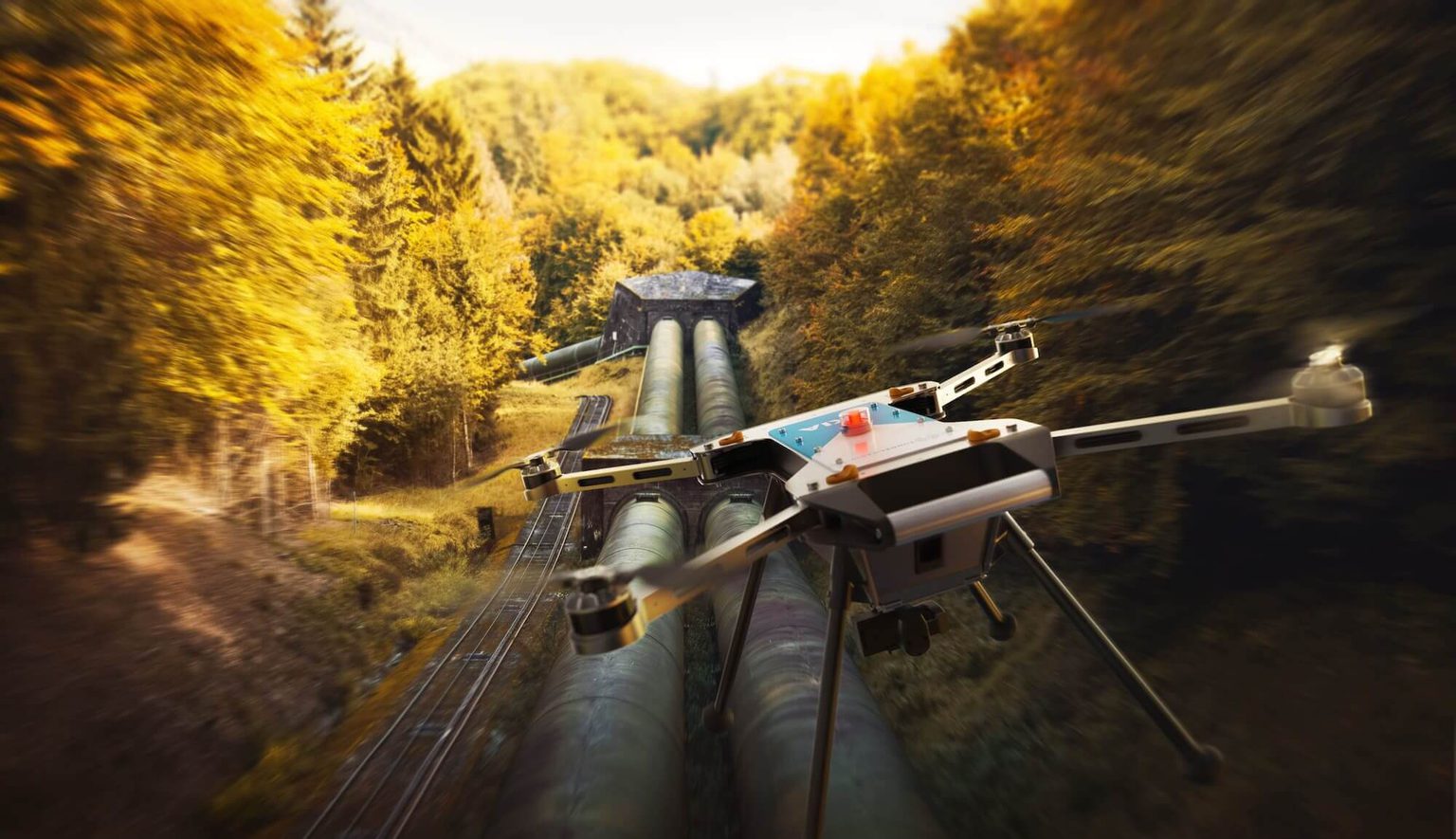
When we went searching for our design partner, we asked ourselves the basic question: who's the best? All our criteria invariably led us to Teague. And we haven't been disappointed.
Patrick Fletchall
Business Development Director | Tunnel Radio
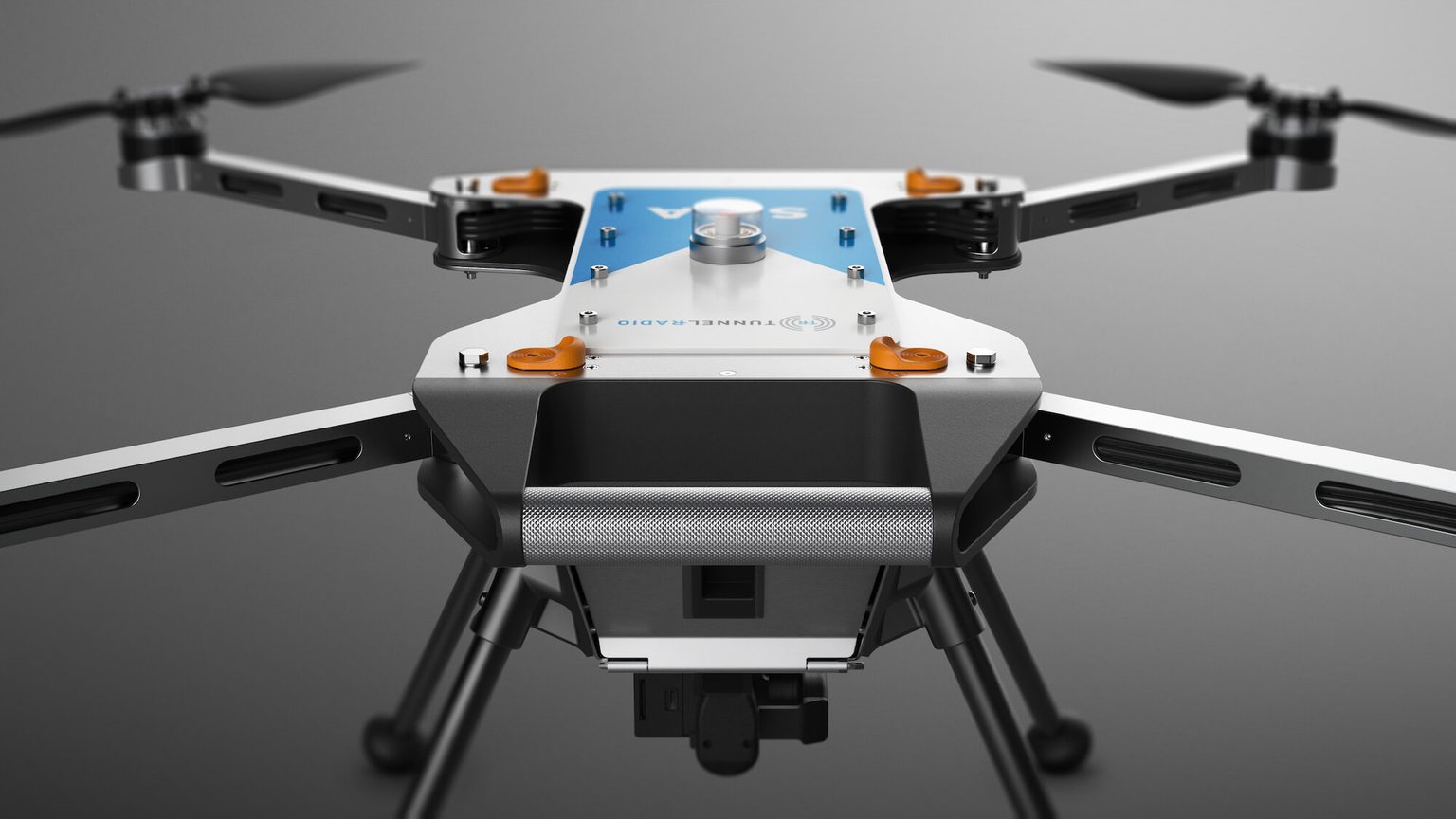
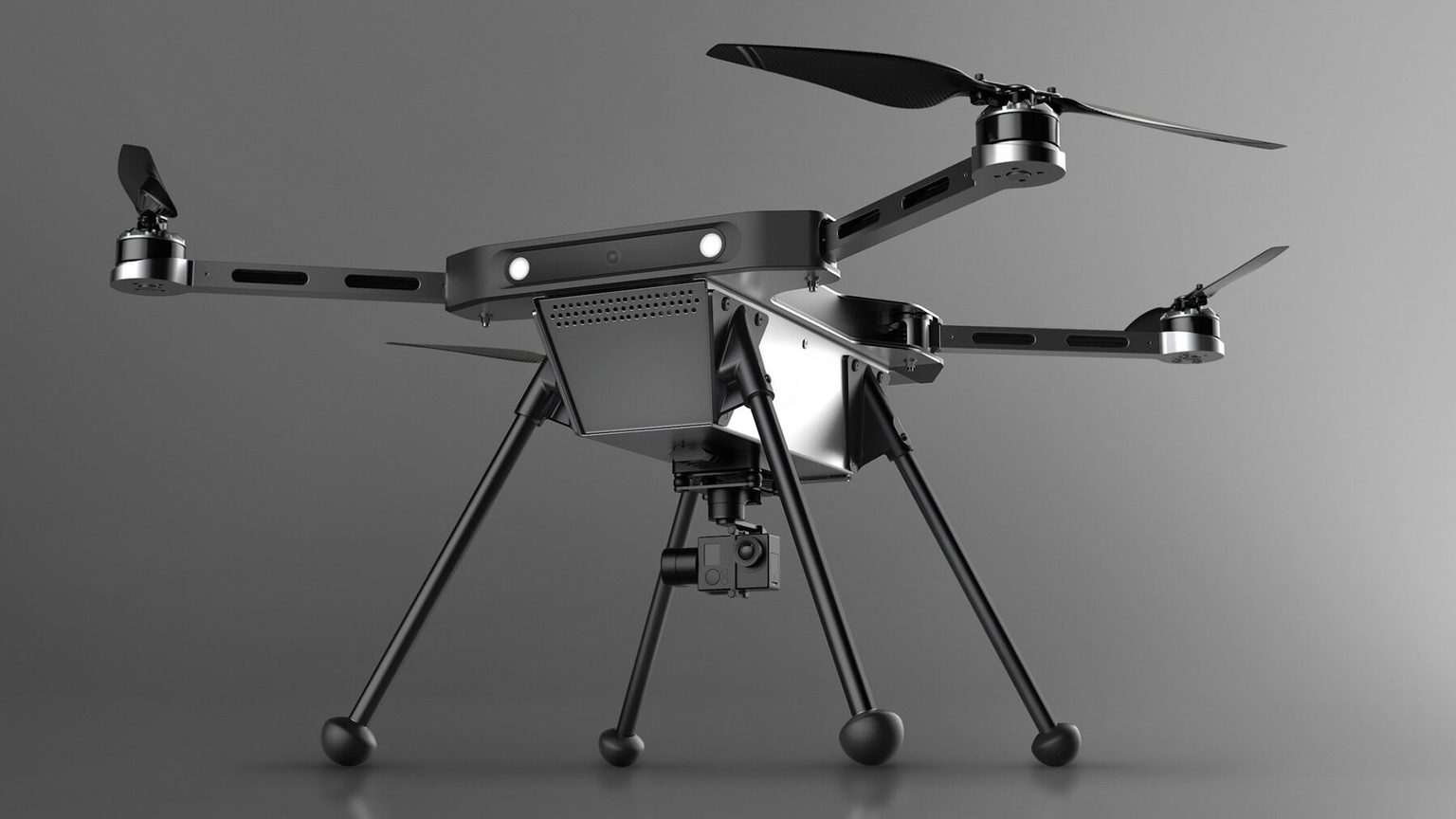
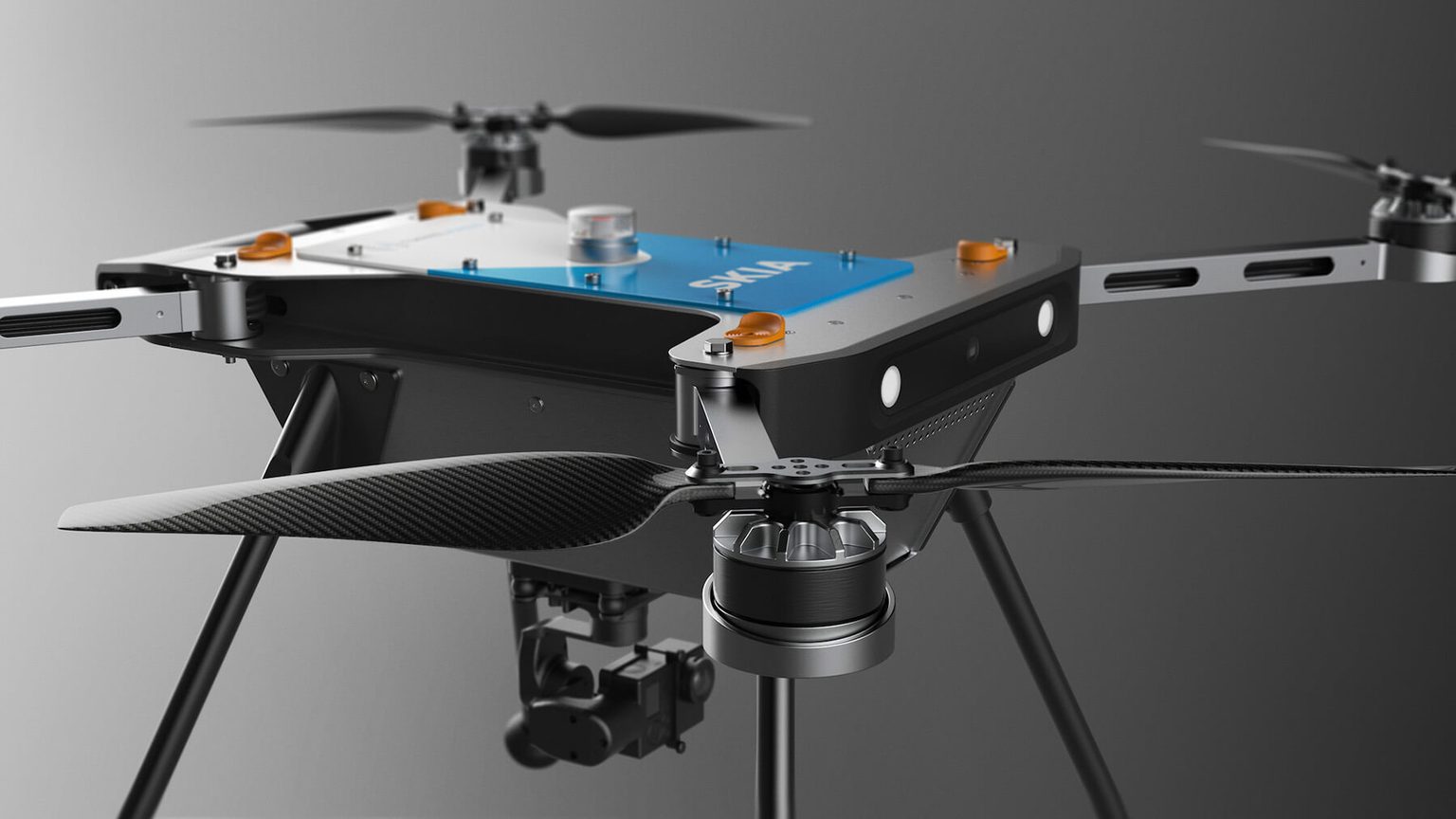
RESULTS
Instead of simply addressing the handful of concerns that Tunnel Radio came to us with, Teague re-engineered almost every aspect of functionality, improving usability, and finishing it off with the durable, industrial design that customers would expect.
Teague’s redesign of SKIA will save 31% per drone in manufacturing and production costs.
Beyond streamlining and increasing efficiency from a usability perspective, Teague’s redesign of SKIA will save Tunnel Radio 31% per drone in manufacturing and production costs, helping them rapidly achieve ROI and allowing for higher profit margins.
Tunnel Radio debuted SKIA at the NWPPA Engineering and Operations Conference in Tacoma. The results reinforced their decision to expand their product and services portfolio.
Our partnership continues today; together, Tunnel Radio and Teague continue to push the boundaries of industrial-grade utility drones, with the goal of setting new standards and precedents for American-manufactured UAVs.